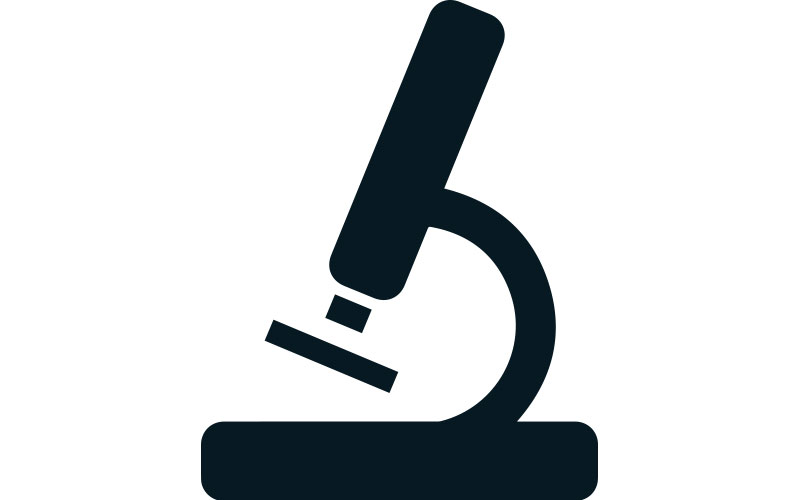This month: Gold

So, tell me about gold.
It is a chemical element with the symbol Au (from Latin the “aurum”) and atomic number 79, making it one of the higher atomic number elements that occur naturally.
Tell me more.
It was also the title of one of Spandau Ballet’s biggest hits, which reached number two in August 1983, but failed to knock KC and the Sunshine Band’s smash hit “Give It Up” off the top spot.
Haha. I was thinking less pop music and more science.
Sorry. A novel blood test has been developed that uses gold nanoparticles. It has been shown to identify extracellular vesicles (EVs), which are signals released by cancer cells. The development could result in earlier diagnosis and better treatment.
How do these EVs function?
They are being called the “next generation of potential biomarkers” in blood. EVs are nanoparticles that are constantly emitted by healthy cells and cancer cells to enable cell-to-cell communication. The cargo that they transport (DNA, proteins and other molecules) can reveal a lot about what is going on inside the cell.
What did the scientists do?
They used an electrically activated nano-fluidic chip that helps capture only cancer-emitted EVs and coupled this with a special type of gold nanoparticle attached to antibodies that stick to molecules found only on the surface of cancer EVs. The gold nanoparticles emit a unique signal when hit with laser light and this can be used to detect a patient-specific EV fingerprint.
What were the results like?
The technology, which was tested on blood samples from 23 melanoma patients, accurately detected cancer EVs in the blood samples, and successfully tracked how the cancer EV fingerprints changed.
